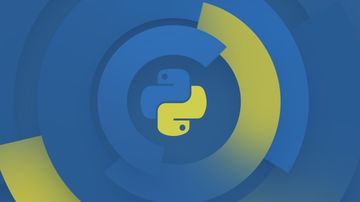Category:
Machine Learning
Artificial Intelligence
Data Science
Basic Statics
Tips
stick to your schedule
be relentless in searching the answer on your own
be an active member in the community
16/5/20

Welcome
Machine Learning
What is Machine Learning ?
Processing the data & understanding the data
Then react intelligently to it
Build models to represent Data
Lots of different things, really next natural evolution
Compare with traditional programming ?
Traditional: Build the decision making directly into the programming
ML: Build an agent who can look at a bunch of images over time and recognize
Application ?
Almost every field : Predict, Identify, Maximize
Objectives ?
When to use them, How
What to apply to solve it, How to evaluate
16/5/21

Artificial Intelligence & Data Science
2 Fields:
Artificial Intelligence
Data Science
Artificial Intelligence
To create machines that are as smart as humans
6 Characteristics
5 Big problems to solve
4 Schools of AI
3 Fundamental Process of knowledge based AI
Fundamental Tech: Bayesian Rule, Bayesian Network
Data Science
What is Data Scientist ?
Can do math, and programming.
Ask the right questions and solve them.
Communicate, Report, and Present.
What does Data Scientist Do ?
Data
Model
Understand patterns

Machine Learning
3 Parts:
Supervised Learning:
Labeled Data to get the label for new dataUnsupervised Learning:
Input->Observe the relationship among them->IdentifyReinforcement Learning:
**Learn from delayed award **
What to learn:
Parameters
Structure
Hidden concepts
What for:
Predict
Diagnose
Summarization
Output:
Classification
Regression
16/5/22

Basic Statics Concepts
Basic Statics
Measure of Central Tendency
mode, median, average
Variability of Data
Range= Max-Min
Quartile: Q1, IQR=Q3-Q1
Outlier: <Q1-1.5IQR or >Q3+1.5IQR
Variance: average( sum( (Xi-Xbar)^2 ) )
Standard Deviation: squared root of Variance

 随时随地看视频
随时随地看视频




